Building and
testing
docker containers
@sublimino
YLD.io
News UK, Visa, British Gas
www.binarysludge.com
codes

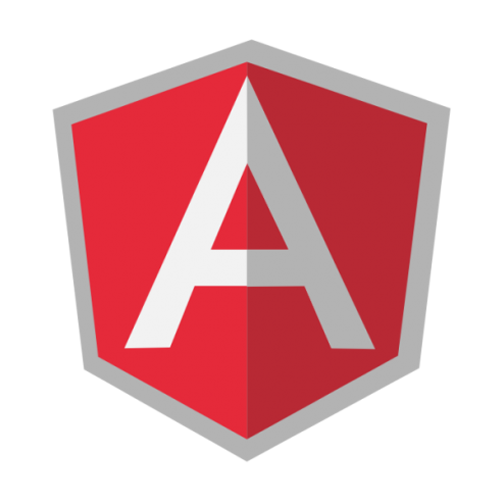



Containment
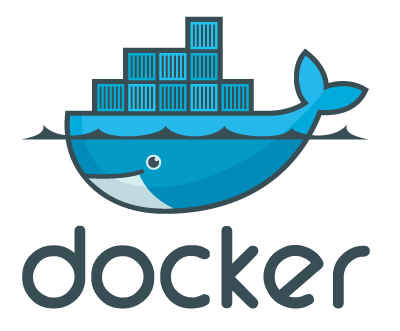
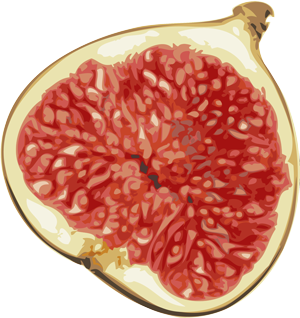

data



efficacy




containerised component types
- Queue
- Datastore
- Black box
- Microservice
- Infrastructure
design Principles
- Continuous integration/deployment
- Deterministic pipeline
- Favour simplicity
- JSON everywhere
- Constant cycle-time optimisation
-
Partial or whole stack deployable
on developers' machines - Containers identical from dev
through test to production
building containers - shared code
-
Shared code repository
- npm module
- Present in every repository/image (even couchbase/redis)
- Contains linting rules, extensible task runner, read-only credentials
- Idempotent npm post-install task creates test directories and manipulates filesystem
- Any change triggers cascading builds in dependent jobs
building containers - base image
FROM ubuntu:14.04
MAINTAINER Andrew Martin "sublimino@gmail.com" ENV APT_PACKAGES curl build-essential wget git
ENV NPM_PACKAGES forever gulp http-server
ENV NODE_VERSION 0.11.16
# apt and npm installation
#
RUN apt-get update && apt-get install -y $APT_PACKAGES && \
apt-get clean && \
rm -rf /var/lib/apt/lists/* /tmp/* /var/tmp/*
RUN curl https://cdn.rawgit.com/isaacs/nave/master/nave.sh > /bin/nave && \ chmod a+x /bin/nave && \
nave usemain $NODE_VERSION;
RUN npm install -g $NPM_PACKAGES;
# configure private npm
#
ADD ./node_modules/cb-shared/npmrc /root/.npmrc
BUILDING CONTAINERS - Task runner
- Stream processing and parallel task execution
- Abstract invocation of language/library specificities
- Tight dev feedback loop, reduced cycle-time

BUILDING CONTAINERS - TASK RUNNER
Abstracts docker, fleet and test commands$ gulp <tab>
browserify fleet:restart test:functional
build fleet:start test:functional:remote
build-properties help test:functional:watch
build:watch less test:integration
default lint test:integration:remote
docker:build livereload test:integration:watch
...-
4 different test runners
-
Defers test execution to cross platform BASH scripts
-
BATS acceptance tested
- https://github.com/sstephenson/bats
- OSX vs Linux - some GNU-ish complexities
-
BATS acceptance tested
- Build server has no logic
building containers - a microservice
FROM harbour.example.com/cb-baseimage:latest
MAINTAINER Andrew Martin "sublimino@gmail.com"
# create installation directory
#
RUN mkdir -p /opt/d2
WORKDIR /opt/d2
# add package.json and npm install
#
ADD package.json /opt/d2/
RUN HOME=/root npm install ADD ./bin /opt/d2/bin
ADD ./lib /opt/d2/lib
ADD ./test /opt/d2/test
ADD exemplary.crt /opt/d2/exemplary.crt EXPOSE 4000 ENTRYPOINT ["bin/server.js"]
building containers - in summary
- Manage dependencies via NPM
- Common task API
- Jenkins has no hidden logic
- Same containers from dev to prod
testing, testing, 123

testing a container
- Isolate the component
- Ensure its veracity as early as possible
- Granular reporting of failures
components - Datastores
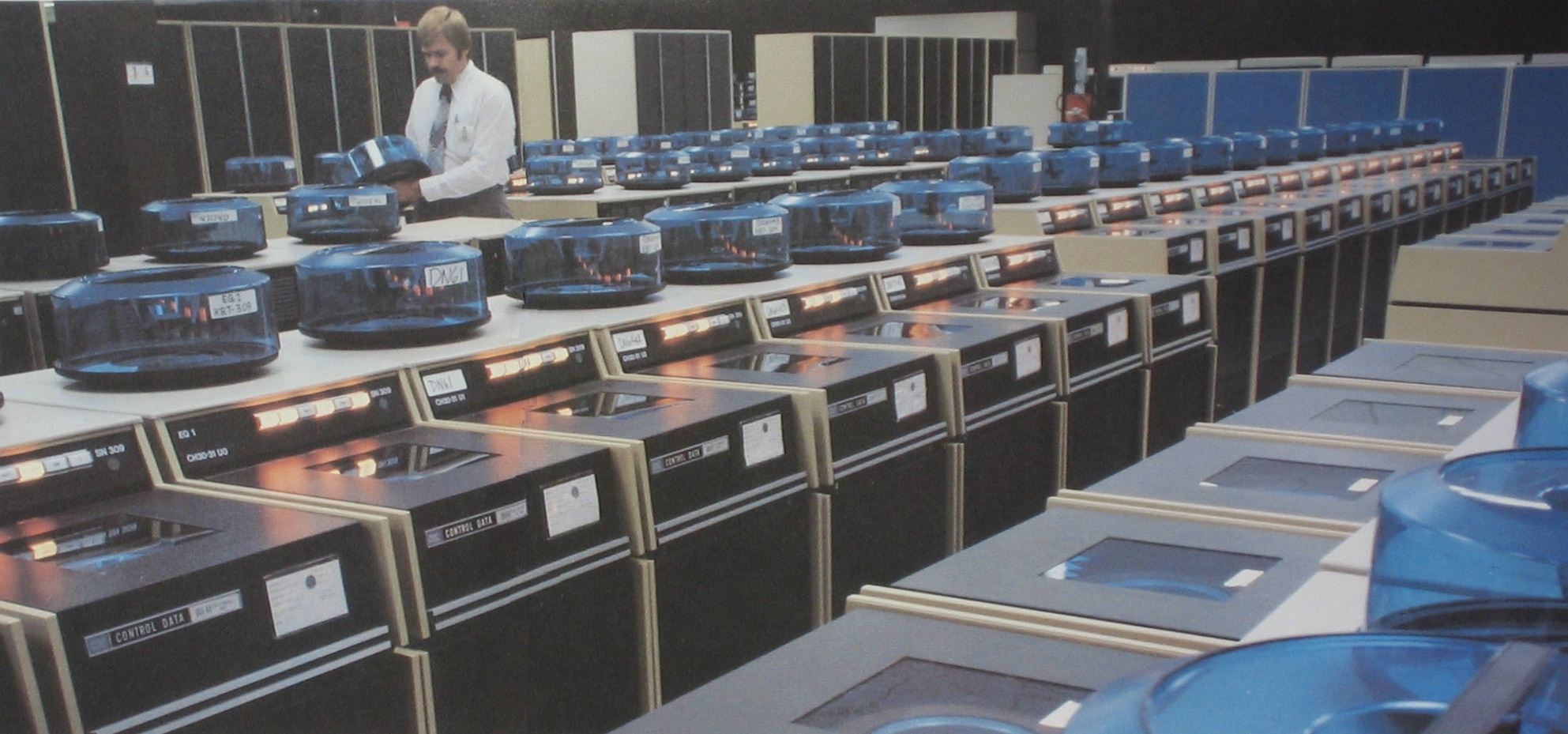
COMPONENTS - Queues

COMPONENTS - Black box
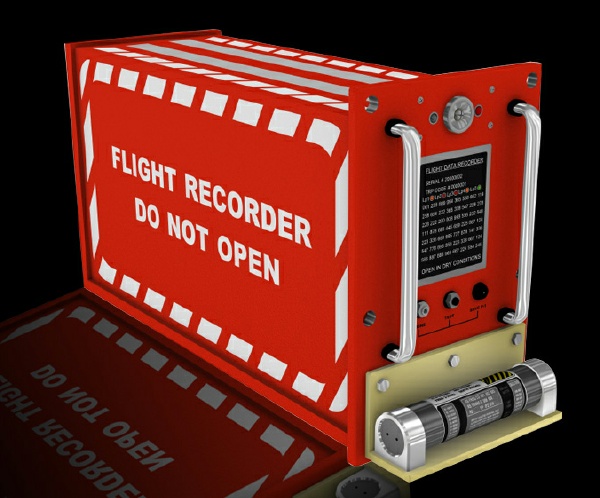
COMPONENTS - Microservice

COMPONENTS - other

TESTING PROCESS -
unit/integration
- Unit: "Smallest piece of testable software"
- Integration: "Verify communication
paths and interactions"
- Each runnable from outside the container
for tighter feedback loop - But run inside the container to test as
close to production as possible
Testing process - functional/acceptance
- Functional/Component Integration:
"Limited component test using test doubles" - Acceptance/E2E: "Verify system meets
external requirements from end to end" -
Global setup/teardown and test override hooks
- External services brought up with fig
-
Each repository's fig.yml configuration file:
- Defines the component's invocation
- ...and that of any immediate dependencies
- (database fixtures in a separate image)
TESTING PROCESS - fig.yml
-
fig.yml of c
omponent under test is copied
to fig-test.yml -
Dependent components'
fig.yml
files
merged into fig-test.yml - Brings in transitive dependencies
-
Environment variables are templated
- NODE_ENV
- Database names
- IPs and ports
fig.yml FOR "NHS" MICROSERVICE
redis:
image: harbour.example.com/cb-nhs-redis:latest
ports:
- "6379:6379"
... nhs: build: .
# image: harbour.example.com/cb-nhs:latest
environment:
- CBNHS_LOGLEVEL=debug
- CBNHS_DBBUCKET=cb-api - CBNHS_PRE_AUTHENTICATE=0 ...
ports:
- "58000:8000"
links:
- redis
- couchbase
- api
FIG-test.YML FOR "NHS" MICROSERVICE
redis:
image: harbour.example.com/cb-nhs-redis:latest
ports:
- "6379:6379" nhs:
build: .
# image: harbour.example.com/cb-nhs:latest
environment:
...
ports:
- "58000:8000"
links:
- redis
- couchbase
- api couchbase:
image: harbour.example.com/cb-couchbase-server:latest
...
api:
image: harbour.example.com/cb-api:latest
...
in the test Setup script...
-
fig --file=fig-test.yml \
--project-name cb-nhs \ up &
-
fig ps, HTTP health checks and
/health
RESTful endpoints are used to determine availability
- Polling preferred to sleeping
- Any other necessary pre-test config
- API oAuth authentication
- Endpoints for exposing tunnels to Sauce labs
- JS/CSS build chains
test demo

actual test demo
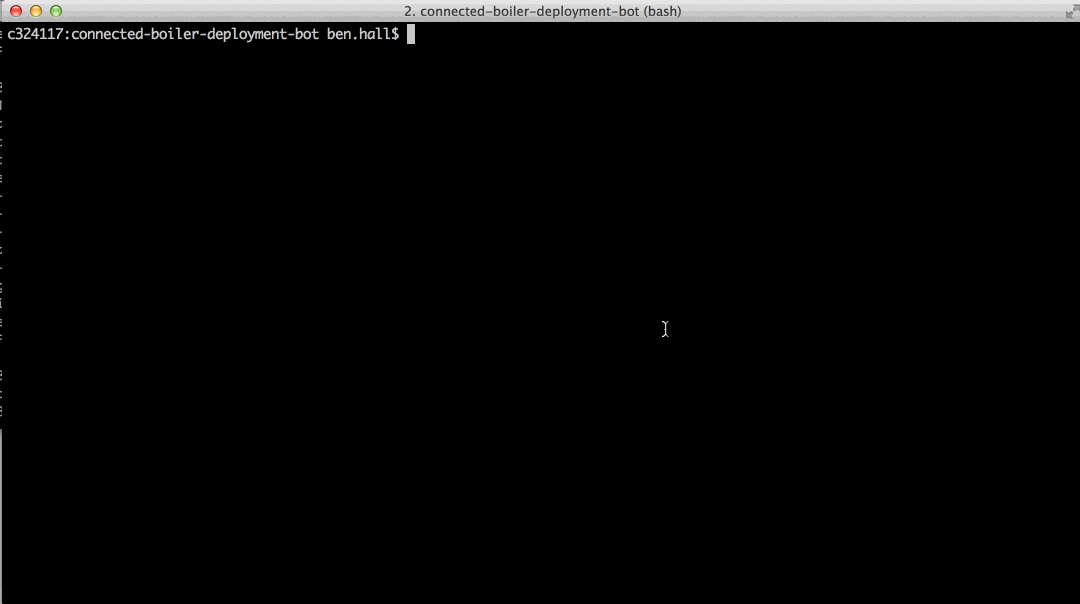
POST-TEST
- On build server test completion, image is tagged
-
:latest-dev
- :20150106-42 (date-jenkinsBuild#)
- Tagged image pushed to private docker registry

system integration test
- Production-like environment
- Test that the interfaces between
components match or "hang together" - Tests parts of the system not
covered by component tests - infrastructure
- routing
- systemd units
- support containers
-
On completion, non-functional tests
are run in an isolated environment
non-functional testing
-
Same configuration
as system
integration environment
- Tests
-
Load/capacity
- Stress
- Resilience
container Deployment
- Current design informed by Kubernetes
- Automated by a Deployment Bot
- Journalling service manifest
- Service discovery via etcd
- HAProxy routing via confd
- Rolling updates
- Cluster/service health monitoring
a note on logging
- systemd logs container output to journald
- Every CoreOS host runs a
logstash-forwarder container
with /var/log/journal mounted inside - Forwards logs, buffering in case of failure
- Logstash runs on another host, decoding
incoming JSON and munging various
fields
Logstash Config - pt 1
input {
lumberjack {
port => 54321
codec => "json"
ssl_certificate => "server.crt"
ssl_key => "server.key"
}
}
filter {
mutate {
remove_field => [ "__CURSOR", "__MONOTONIC_TIMESTAMP" ]
}
if [type] == "stdin" {
mutate {
# microsecs to millisecs
gsub => [ "__REALTIME_TIMESTAMP", "\d{3}$", "" ]
}
date {
match => [ "__REALTIME_TIMESTAMP", "UNIX_MS" ]
}
}
# (continued on next slide...)
LOGSTASH CONFIG - PT 2
# (continued from last slide...) # if messages start and end with curly brace, interpret as json,
# except messages from the logstash container, which do start and
# end with curly brace and are NOT json!
if [MESSAGE] =~ /^\{.*\}$/ and [_SYSTEMD_UNIT] !~ /^logstash/ {
json {
source => "MESSAGE"
target => "json"
}
}
}
output {
elasticsearch {
host => "${ES_HOST}"
port => ${ES_PORT}
protocol => "http"
}
}
BRING PAIN FORWARD:
deliver continuously
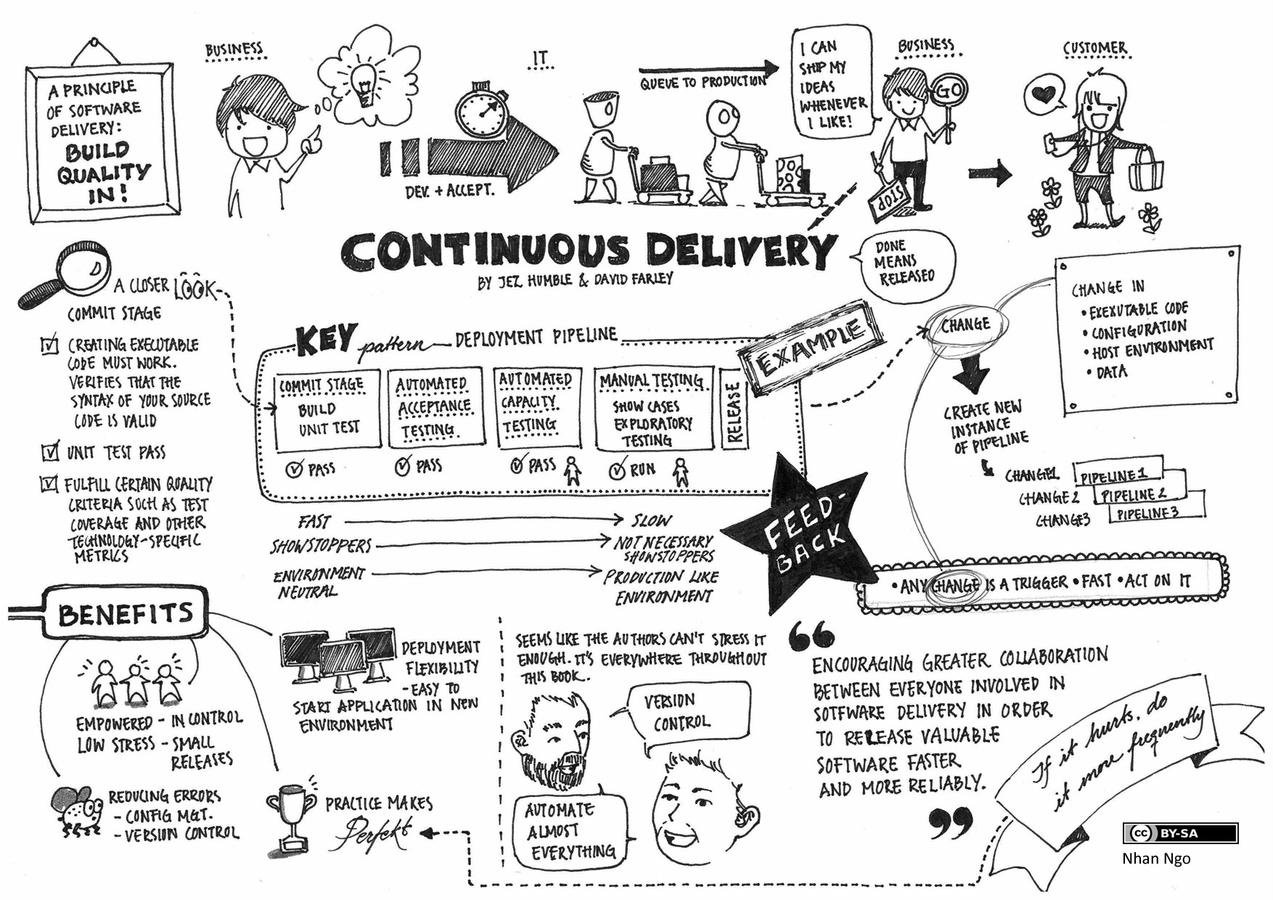
Questions?
@sublimino
www.binarysludge.com